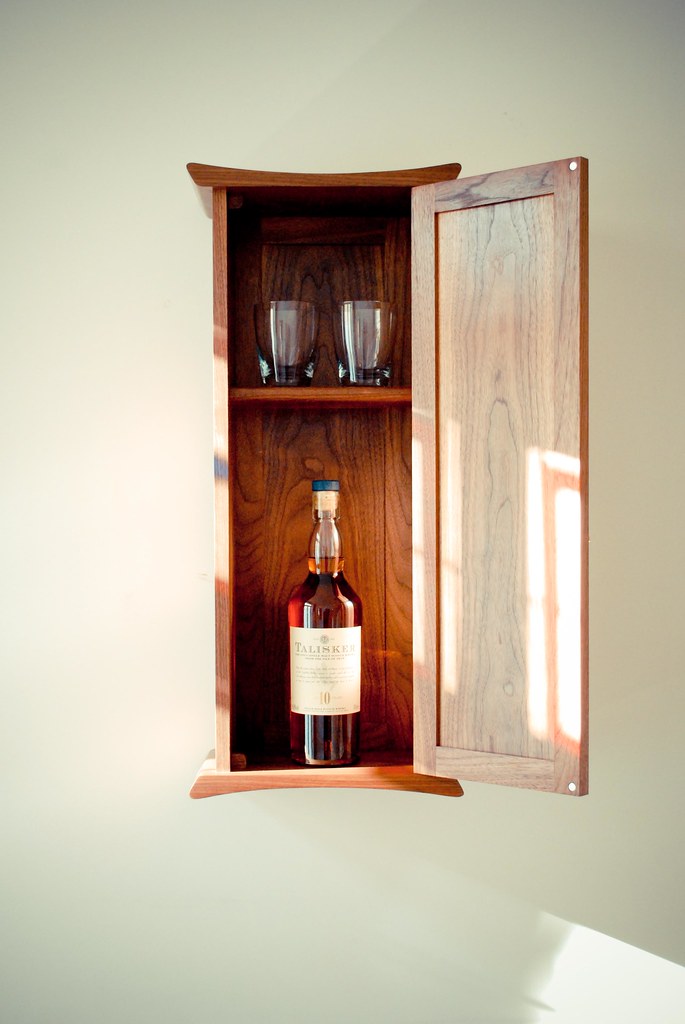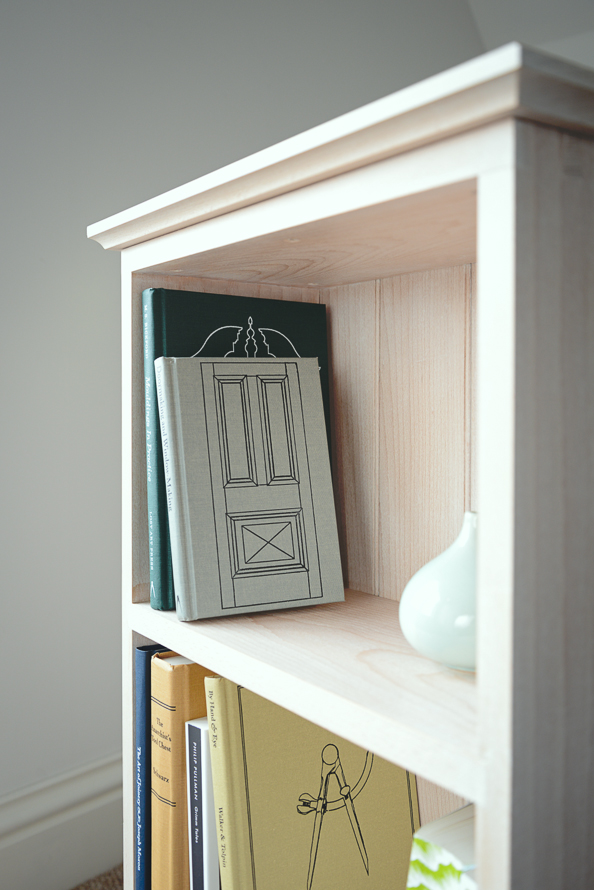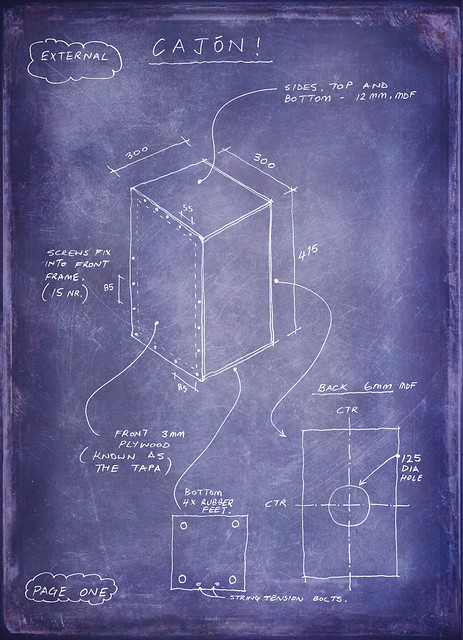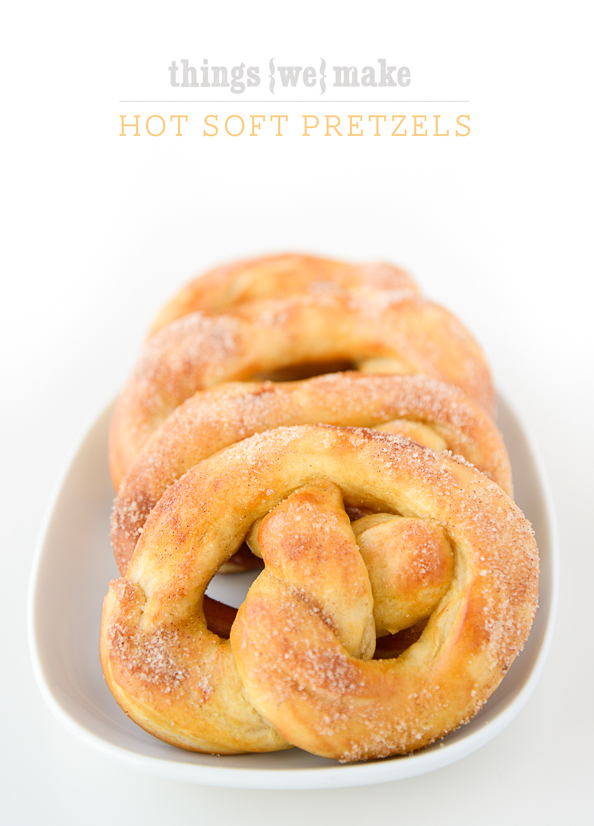
For the Fresh From The Oven Monthly Bread Baking group I offered to set the February Challenge. I was torn between a completely new recipe, or something that I knew well. I opted for the latter as I wanted to be able to help out if anyone had any questions. It’s a recipe that I have blogged before, but I have tweaked and improved things over the last year or so, so I am posting the revised instructions below with some extra tips.
Just to experiment a little I have baked the loaf in a slightly different way several times this month. I tried adding half milk/half water, but this gave a weak crust and not such a good crumb, but it was good for toasting. I also made a version with 1/3 wholemeal flour, which actually was very tasty and kept better, this is the one in the photograph above. I am going to try it with a little butter rubbed in to the flour next

I am really looking forward to seeing how the group have got on with the recipe. I know there were a few people worried about putting a cast iron pot into the oven on the highest heat, but I use a Le Creuset to roast potatoes and all manner of other dry things and they seem to be surviving so I hope everyone managed without pan-disaster. The group is in need of new hosts for the challenges so let us know if you fancy getting involved.
Here is the February round-up of everyone’s results. I have already seen 3 or 4 of them and I am so pleased that they turned out well and the team enjoyed the results 🙂
Here we go, this is what went onto the FFTO private blog:
I originally came across this ‘Boule’ type recipe in a video from the New York Times and thought it was too good to be true. Since then I have made this bread almost every week, experimenting with it slightly but generally coming to the following technique and quantities. It gives you a sturdy, crusty loaf, with an almost ciabatta like airiness inside. It is the only loaf I make (other than a true sourdough) that crackles as it cools; it’s that crusty. It doesn’t keep ever so well but makes good crunchy toast on day 2 or 3.
I think the thing that really sets is apart is the long proving process, plus the ‘dutch oven’ style of cooking in the cast iron pot which allows the loaf to puff up in a steamy environment without creating a crust too soon. If you haven’t got a cast iron casserole, treat yourself to one, use a big roasting tin with a tight-fitting lid or borrow one. If all else fails turn it into Fougasse from the link below instead. Without the double oven I think this dough would struggle to rise correctly as a full size loaf.

The Mix
- 15oz Strong White bread flour
- ¼ tsp instant easibake yeast (out of a sachet)
- 1 tsp table salt
Stir together well then add 11 fl oz of lukewarm water (a mugful)
Slosh it round into a gooey lump of dough with a fork. It should just start to hold together in a loose ball, but don’t worry if there are some stray bits.
Leave in a big bowl and cover with cling film or put a dinner plate on top.
Leave it in kitchen for about 12-16 hours – or more if you forget.
The 16hr Sloosh
Sprinkle well with flour then use a dough scraper/cutter or your fingers, to scrape the wet porridgy dough away from the sides, using more sprinkles of flour to stop it sticking back to the bowl. Then shuffle it back into a nice round shape by holding the bowl with both hands and circling it around. You can put in a clean bowl at this stage if you prefer.
Cover with a tea towel and leave for 2 more hours.
The Bake
Preheat oven to 200-220 and put in a Le Creuset or other large cast iron casserole with a lid on until the oven and the pan are super hot.
Again use the scraper and a good sprinkle of flour to detach the dough from the bowl without puncturing it’s airy goodness.
Then quick as you can, without losing the heat from the oven and pan, tip the dough onto one hand then flop it into the hot pan the right way up again, give it a quick slash or cross across the top with a sharp blade, replace the lid then and get it back in the oven immediately. If you pan is very large you can sit a pie tin in the bottom of the casserole so the loaf doesn’t spread out too much.
- Bake for 30 minutes lid-on
- Then cook for 10-15 minutes more, lid-off until golden brown
If it’s not hollow sounding on the bottom put it back in without its tin for an extra 5 minutes. Tip out and cool well before trying to slice
Tips
- I find this works best for me if I make the dough around tea time, then do the first dough slooshing when I get up, then bake it mid morning. As you can see, the times can be very approximate! Another option might be to mix the dough on a Friday when you get in from work, sloosh it mid morning on Saturday and bake it at lunch time ready for Saturday evening. It seems like a long process but it really is no effort when you get your head round it.
- If you haven’t got one it’s worth getting a dough cutter to save on sticky fingers. My plastic one was only 90p from a local cook shop.
- My new Le Creuset (25cm) is a little bit too big for this recipe so I sit a 20cm mermaid pie tin in the bottom to help shape the loaf to be a bit taller and rounder. I also sometimes scatter a bit of semolina in the base for an extra crunchy bottom. You can use oil instead of flour to de-stick the dough, but it makes for a wetter and slighty denser outcome like the one above. It is one of those loaves that comes out a little bit different every time anyway due to the extended prove.
- If you fancy turning it into something a bit different to the normal loaf you can make the dough into ‘Fougasse‘ or I sometimes make 3 fougasse and a 1Ib tin loaf baked with the loaf tin inside the cast iron pot. (Fougasse pic below)
- There is a video of this recipe (but they accidentally forget to mention the extra 2 hours proving) on the NYT: http://www.youtube.com/watch?gl=GB&hl=en-GB&v=13Ah9ES2yTU























Jules
February 28, 2010
Thank you for hosting. Hubs & I really enjoyed making & eating this bread. I think it’s going to become a regular feature in our house!
claire
February 28, 2010
Thanks for hosting this month. No-knead bread sounds great and yours look delicious. Sorry I haven’t managed to find time to participate this month.
sarah
February 28, 2010
I’ve really enjoyed making the no-knead bread this month. Thanks for hosting the challenge. I use a stainless steel soup pot with a lid and don’t oil the pot (following Lahey’s recipe in his book) and it has turned out perfectly every time. I love the hard crust and soft interior. My husband loves dipping it in his soup.
Sarah, Maison Cupcake
March 2, 2010
That looks truly wonderful, I would be delighted if I made something like that.
maria
March 2, 2010
Thank you for hosting. I really enjoyed making something I would have passed by. Your photo really gave me the push I needed.
Kitchen Butterfly
March 4, 2010
Stunning looking bread….I need to get me a Le Creuset pot….
Chele
March 5, 2010
You picked such a great recipe!!! Thank you for sharing it with us. I’ll be making this over and over again for sure – I already have plans actually lol